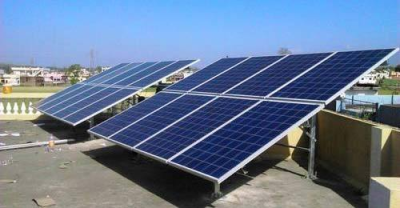India's remarkable surge in solar photovoltaic (PV) module capacity to 67 GW over just a decade is a significant achievement in its renewable energy journey. This growth has been largely driven by a combination of targeted government policies, including the "Make in India" initiative, which promotes domestic manufacturing, and the Production Linked Incentive (PLI) scheme, which provides financial incentives to domestic manufacturers for scaling up production of solar PV components. These policies have shifted India from a largely import-dependent market for solar equipment to one with a growing domestic manufacturing base, setting the stage for further advancements in clean energy.
One of the primary impacts of these initiatives has been the reduction in the cost of solar energy. Prior to these efforts, India relied heavily on imported solar modules, which meant that fluctuations in global supply chains, tariffs, and raw material costs could significantly drive up the price of solar power. However, as domestic manufacturing ramped up under the PLI scheme, economies of scale kicked in, helping to lower the costs of solar PV modules. In turn, this has made solar energy increasingly competitive with fossil fuels, allowing India to meet its growing energy demands in a more cost-effective and sustainable manner. As the price of solar modules continues to fall, the country stands to benefit from even lower electricity costs, enhancing the financial viability of solar energy for both businesses and consumers.
India's progress in solar manufacturing not only addresses its own energy needs but also positions the country as a competitive player in the global renewable energy market. As the demand for clean energy rises worldwide, India has emerged as a potential hub for the production and export of solar panels and related technologies. With its growing manufacturing capacity, strategic location, and lower production costs, India is well-placed to capitalize on the increasing demand for affordable renewable energy solutions, particularly in other developing countries.
Moreover, the push toward self-reliance in solar PV manufacturing has sparked innovation within the Indian solar sector. With increased investment in research and development, Indian manufacturers are working on improving the efficiency and performance of solar modules. For instance, technologies like bifacial solar panels, which can capture sunlight on both sides, and perovskite solar cells, which promise higher efficiency at lower costs, are gaining attention. These innovations not only help India stay competitive in the global market but also provide opportunities for Indian companies to lead in emerging solar technologies. This focus on technological advancements aligns with the broader goal of achieving global sustainability objectives and reducing the world’s dependence on fossil fuels.




